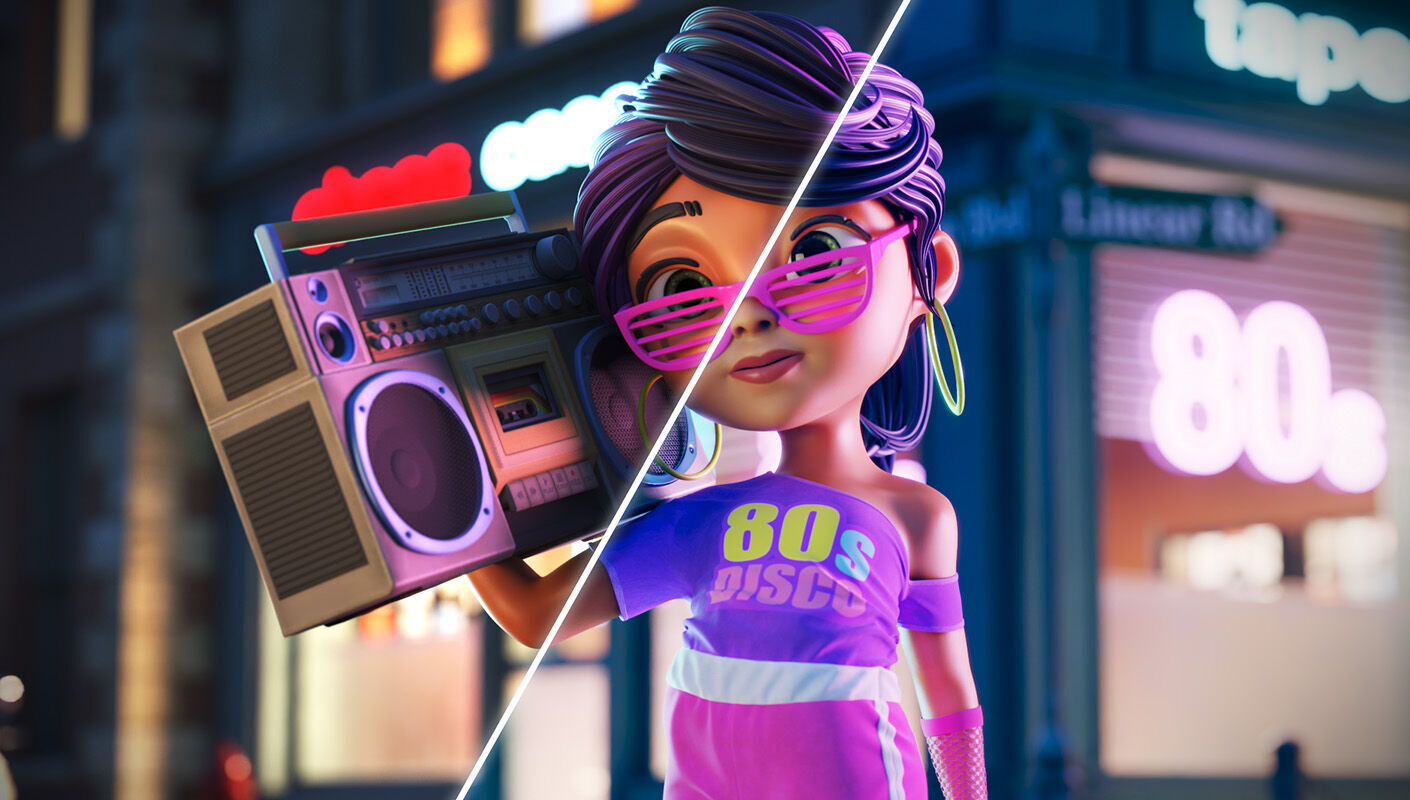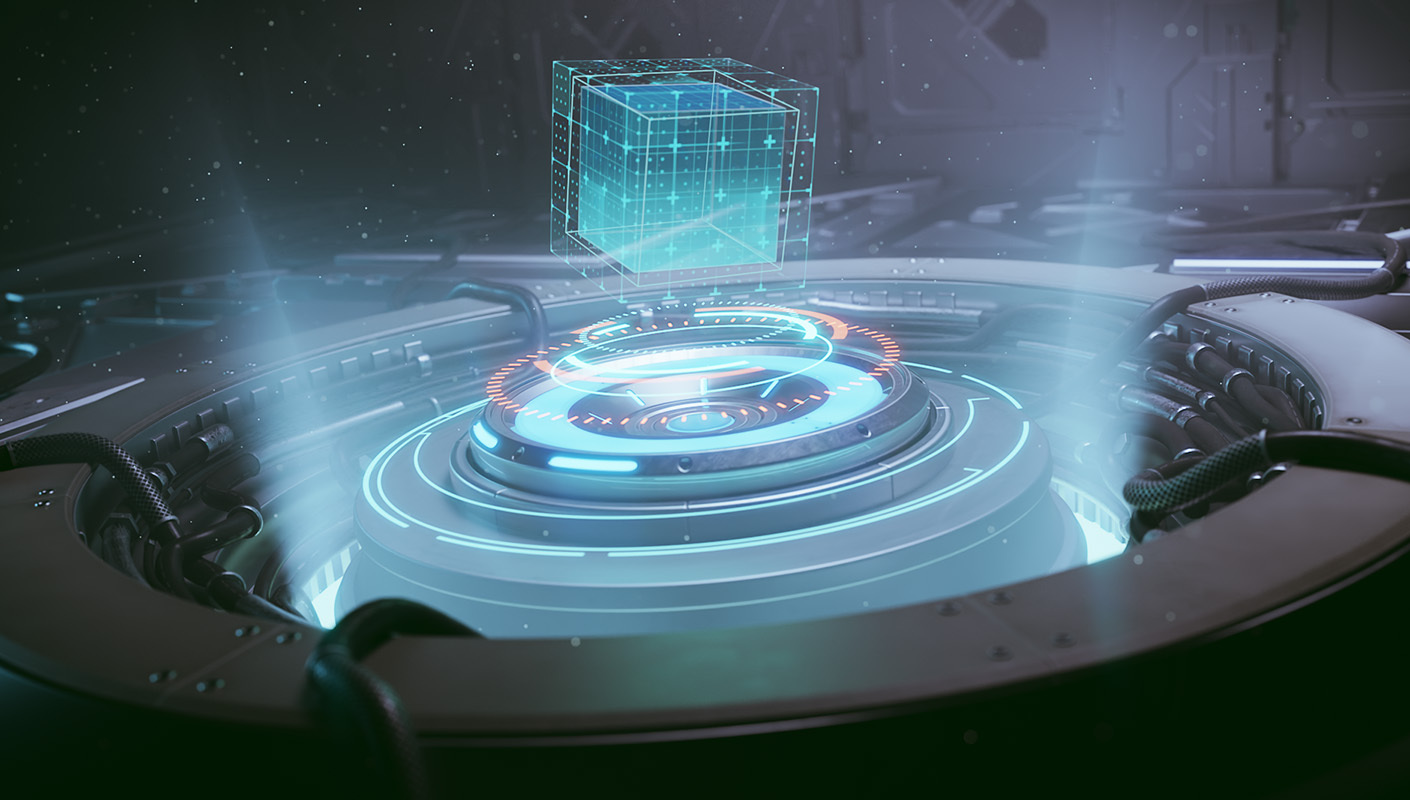V-Ray for Blender Update 1: Cycles Support, Geometry Nodes & More
POSTED 27th OF Aug, 2025, Posted by Summer
POSTED 27th OF Aug, 2025, Posted by Summer
Blender artists, the wait is over. V-Ray for Blender just got its first big update, and it’s packed with the most-requested features from the community. Whether you’re transitioning from Cycles, experimenting with procedural geometry, or pushing for next-level realism in your scenes, this release is designed to make your workflow smoother, faster, and more powerful.
Let’s dive into what’s new.

One of the biggest hurdles for Blender artists considering V-Ray has always been materials. You’ve spent years building your Cycles material libraries, and recreating them from scratch in V-Ray felt daunting.
With the new Cycles-to-V-Ray Material Converter, that problem is gone.
Even better, support for more Cycles materials is actively expanding. That means your existing library will only become more powerful over time.
No more wasted effort. Just a seamless transition.

Procedural workflows are one of Blender’s strongest features, and now V-Ray embraces them natively.
With Update 1, V-Ray supports out-of-the-box rendering for Geometry Nodes. That means:
This isn’t just about convenience. It’s about keeping projects agile no conversions, no bottlenecks, just freedom to iterate.

Realism is often what sets professional renders apart. With this update, you get direct access to the Chaos Scans library through Cosmos.
That’s more than 3,100 real-world scanned materials, from metals and leathers to papers, plastics, and rubbers, ready to drop into your scenes.
And the roadmap is ambitious:
This means every render can reach a new level of physical accuracy and visual fidelity instantly.
If you’re moving between different tools and renderers, you know the pain of materials looking different in each environment.
V-Ray Update 1 introduces OpenPBR support, with a dedicated mode in the V-Ray Material. This ensures:
It’s not just about compatibility; it’s about creative confidence.
Update 1 is fully compatible with Blender 4.5 LTS, so you can work with the latest long-term support release without sacrificing your rendering setup. That means stability, reliability, and new features all without interruptions.
With Update 1, V-Ray for Blender is no longer just a bridge; it’s a tool that integrates deeply into how Blender artists already work.
Every feature is designed to make your renders not only more realistic but also more production-ready.
Whether you’re a freelancer building photorealistic product shots, a studio handling large-scale environments, or an artist experimenting with procedural design, this update makes V-Ray for Blender a more natural, more powerful choice than ever.
Chaos has made it clear: they’re listening to the Blender community. Update 1 isn’t just an incremental release; it’s a sign of where V-Ray for Blender is headed. More integration, more realism, and more flexibility.
Ready to try it? Download V-Ray for Blender, Update 1 today, and bring these new features into your workflow.
Update 1 introduces the Cycles-to-V-Ray Material Converter, Geometry Node rendering support, access to the Chaos Scans library via Cosmos, OpenPBR material compatibility, and full support for Blender 4.5 LTS.
Yes. The new Cycles-to-V-Ray Material Converter allows you to bring your existing Cycles material libraries into V-Ray. Materials are automatically translated into V-Ray equivalents, saving time and effort.
Absolutely. V-Ray now renders Geometry Node setups out-of-the-box, so you can keep procedural modeling workflows without baking or converting your geometry.
The Chaos Scans library is a collection of over 3,100 ultra-realistic scanned materials, including metals, leathers, plastics, rubbers, and more. With Update 1, these can be easily searched, previewed, and added to your Blender scenes via Cosmos.
OpenPBR is an open standard for physically based shading. With V-Ray’s new OpenPBR mode, you get consistent material appearance across compatible software, reducing the need for manual adjustments when switching tools.
Yes. Update 1 is fully compatible with Blender 4.5 LTS, letting you use the latest long-term support version without breaking your rendering pipeline.
By enabling material conversion, procedural geometry rendering, and pipeline consistency, Update 1 makes it easier for Blender artists to produce realistic, production-ready renders faster and with fewer workflow interruptions.

